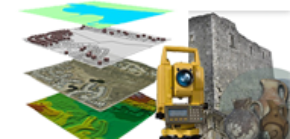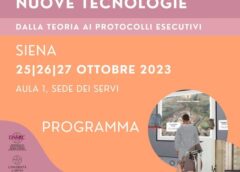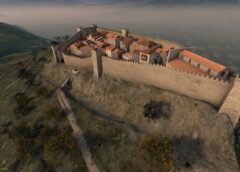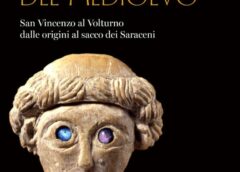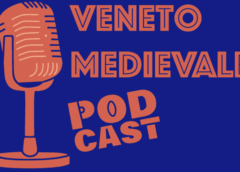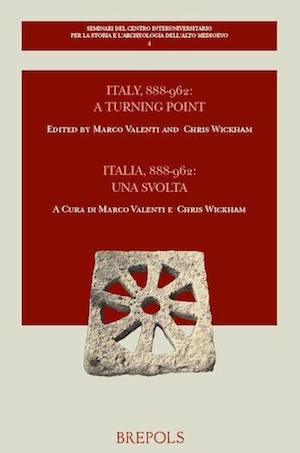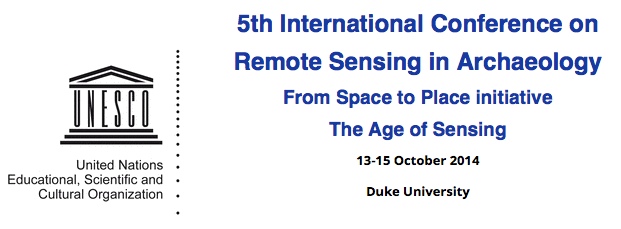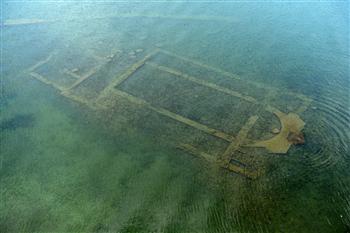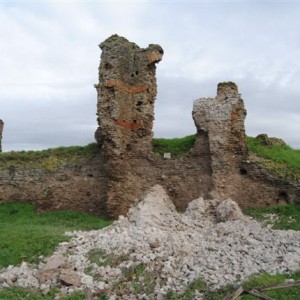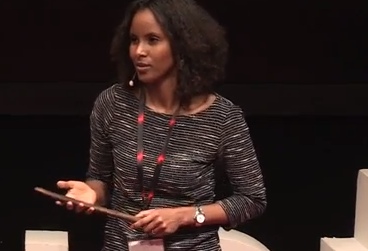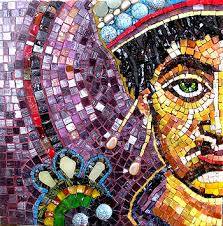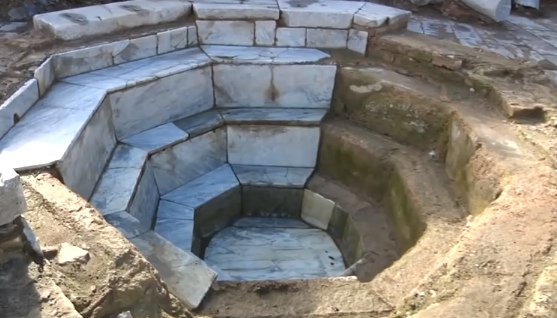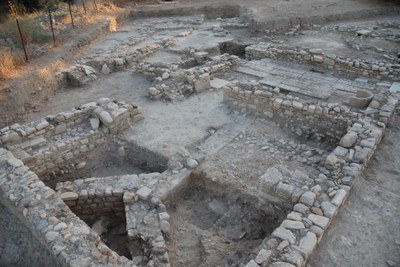Italy, 888-962: a turning point. Italia, 888-962: una svolta La casa editrice Brepols ha appena pubblicato il volume Italia, 888-962: una svolta, atti del IV seminario internazionale Cassero di Poggio Imperiale a Poggibonsi (SI), tenutosi tra 4-6 dicembre 2009, organizzato dal SAAME (Centro Interuniversitario per la Storia e l’Archeologia dell’Alto Medievo) di cui fanno parte le università di Università Padova, di Siena, di Ca’ Foscari di Venezia. http://www.brepols.net/Pages/ShowProduct.aspx?prod_id=IS-9782503550541-1 Curato da Marco Valenti (archeologo medievista dell’Università di Siena) e Chris Wickham (storico medievista dell’Università di Oxford) è incentrato su un periodo in cui il Regno d’Italia non…
Read MoreReading the Past: Mind, Brain and Archaeology
Explore new perspectives in the study of the past and in the interpretation of the ancient and modern mind through brain science, humanities, archaeology, anthropology and visual studies. Co-sponsored by the Departments of Art, Art History & Visual Studies and Classical Studies at Duke. Free and open to the public. Register at dibs.duke.edu April 10, 2014 9 a.m. – 4 p.m. Smith Warehouse Bay 5 Duke University, Durham, NC
Read MoreV Conferenza Internazionale sul Telerilevamento in Archeologia
E’ aperta la Call for Papers per la V Conferenza Internazionale sul “Remote Sensing in Archaeology” sul tema “The age of sensing” che si terrà per la prima volta alla Duke University a Durham nel North Carolina. Le date previste sono dal 13 al 15 ottobre 2014. Fino al 31 marzo 2014 è aperta la call for participiation per papers e workshop sui seguenti temi: – Large Scale Remote Sensing – Close Range Sensing – 3D Modeling – Body sensing – Immersive Sensing – Aerial Photography – GIS and Sensing…
Read MoreRemains of Byzantine basilica discovered at the bottom of Lake İznik
The remains of an ancient basilica have been discovered about 20 meters from shore in Bursa’s Lake İznik, according to local archaeologists. “We have found church remains. It is in a basilica plan and has three naves,” said Mustafa Şahin, an archaeology professor at Bursa Uludağ University. The foundations of the church are currently lying in water that is about 1.5 to two meters deep. “This church’s remains are similar to the Hagia Sophia in İznik. This is why we estimated that it was built in the fifth century A.D.,”…
Read MoreParco Appia Antica, crolla uno sperone della Villa dei Sette Bassi
Uno degli speroni della Villa dei Sette Bassi, sito archeologico nel Parco regionale dell’Appia Antica, sulla Tuscolana in zona Capannelle, è crollato, probabilmente a causa del maltempo dei giorni scorsi. Si tratta di una delle più grandi tra le ville del suburbio romano, probabilmente la seconda per grandezza dopo la Villa dei Quintili. Conosciuta anche come Villa Tuscolana, prende il nome da quello che viene considerato il proprietario, Settimio Basso, prefetto di Roma al tempo di Settimio Severo, che morì nel 211 d.C. L’allarme, lanciato oggi da un cittadino, è…
Read MoreCultural heritage is a basic human need
Cultural heritage is a basic human need. Sada Mire is a Somalian archaeologist. She lived the first fifteen years of her life in Mogadishu, until 1991, when she settled in Sweden, as a result of the conflict in north-east Africa. She is founder and executive director of the Horn Heritage Organization. In her talk she demonstrates how culture is inseparable with the world around us and how communities can be enriched by it. Sada participated in our inaugural course on First Aid to Cultural Heritage in Times of Conflict in…
Read More47th Byzantine Spring Symposium – The Emperor in the Byzantine World
In Byzantine Studies it is a strange fact that there exists no equivalent to Fergus Millar’s The Emperor in the Roman World, despite the centrality of the ruler in the Byzantine world. While there may be books on individual emperors or periods or aspects there is no general book on the emperor across the span of the Byzantine empire. This oddity is compounded by the recent publication of a plethora of books devoted to Byzantine empresses. This Symposium (the first Spring Symposium of Byzantine Studies to be held in Wales) seeks…
Read MoreTra tarda antichità e altomedioevo: nuove scoperte della sovrintendenza capitolina
The event is part of the New Work in the Humanities Series 2013-14: New Work on Late Antiquity and the Middle Ages. New work carried out by the Sovrintendenza Capitolina ai Beni Culturali on the Mausoleum of Augustus, the Circus Maximus, the Aurelian walls and various aqueducts has revealed new information about life in Rome during the 4th-8th centuries. Members of the Sovrintendenza Capitolina ai Beni Culturali will present new finds. Speakers will include Valeria Bartoloni, Laura Bracculenti, Marialetizia Buonfiglio, Elisabetta Carnabuci, Caterina Maria Coletti, Ersilia Maria Loreti, Stefania Pergola,…
Read MoreDescoberto segundo batistério paleocristão nas “entranhas” de Mértola
Arqueólogos descobriram nas “entranhas” de Mértola, no Alentejo, um segundo batistério do período paleocristão, o que confirma a existência de duas comunidades cristãs diferentes naquela época na vila, uma católica e outra possivelmente monofisita. Texto: Luís Lourenço Imagem e edição: Nuno Veiga
Read MoreArchaeological Excavation in the Early Byzantine District in Gortyn (Crete): Preliminary Report on the 2011 Field Season
Archaeological Excavation in the Early Byzantine District in Gortyn (Crete): Preliminary Report on the 2011 Field Season Enrico Zanini, Università di Siena, Project Grant 2011/12 Project Outline The archaeological research project in the so-called early Byzantine district near the Pythion shrine in Gortyn (Crete) started in 2002 (Zanini 2004). Its final goal is to investigate in great detail the transformation of the urban landscape in a Mediterranean city between the 5th and the 8th century AD, using the conceptual tools and multiple “lenses” of contemporary archaeology. The original idea was…
Read More